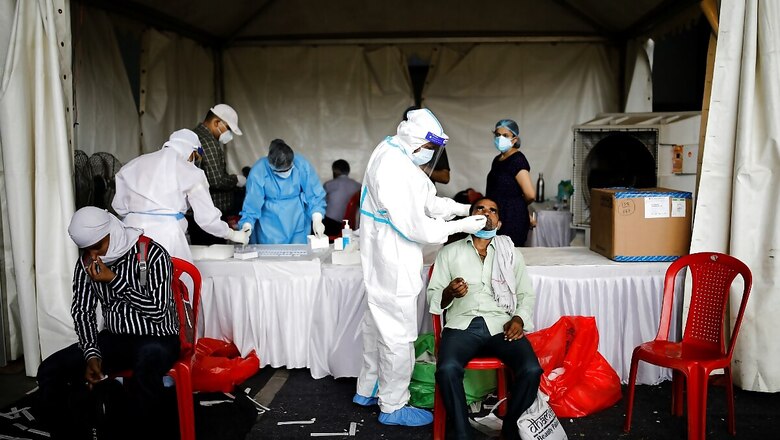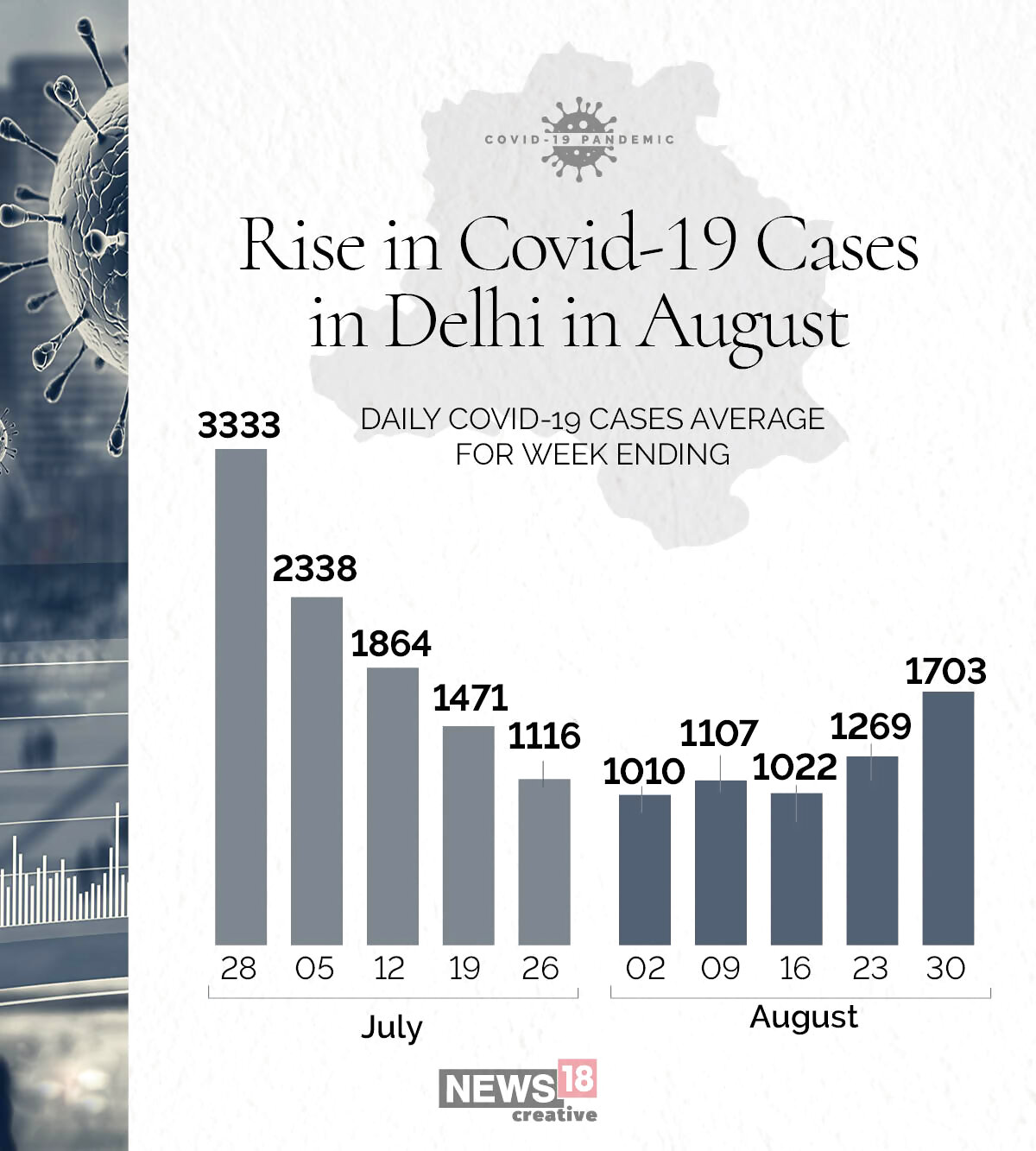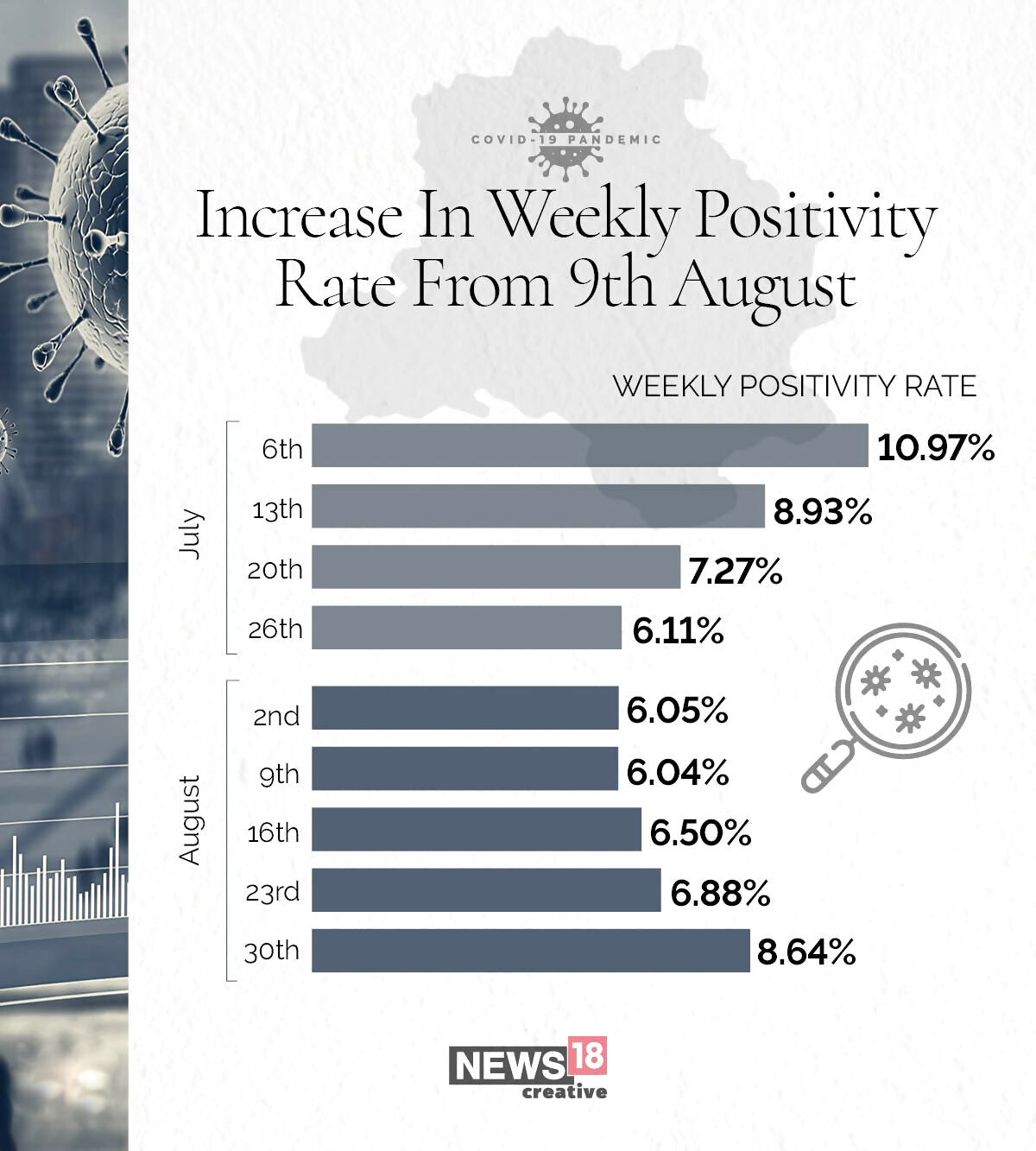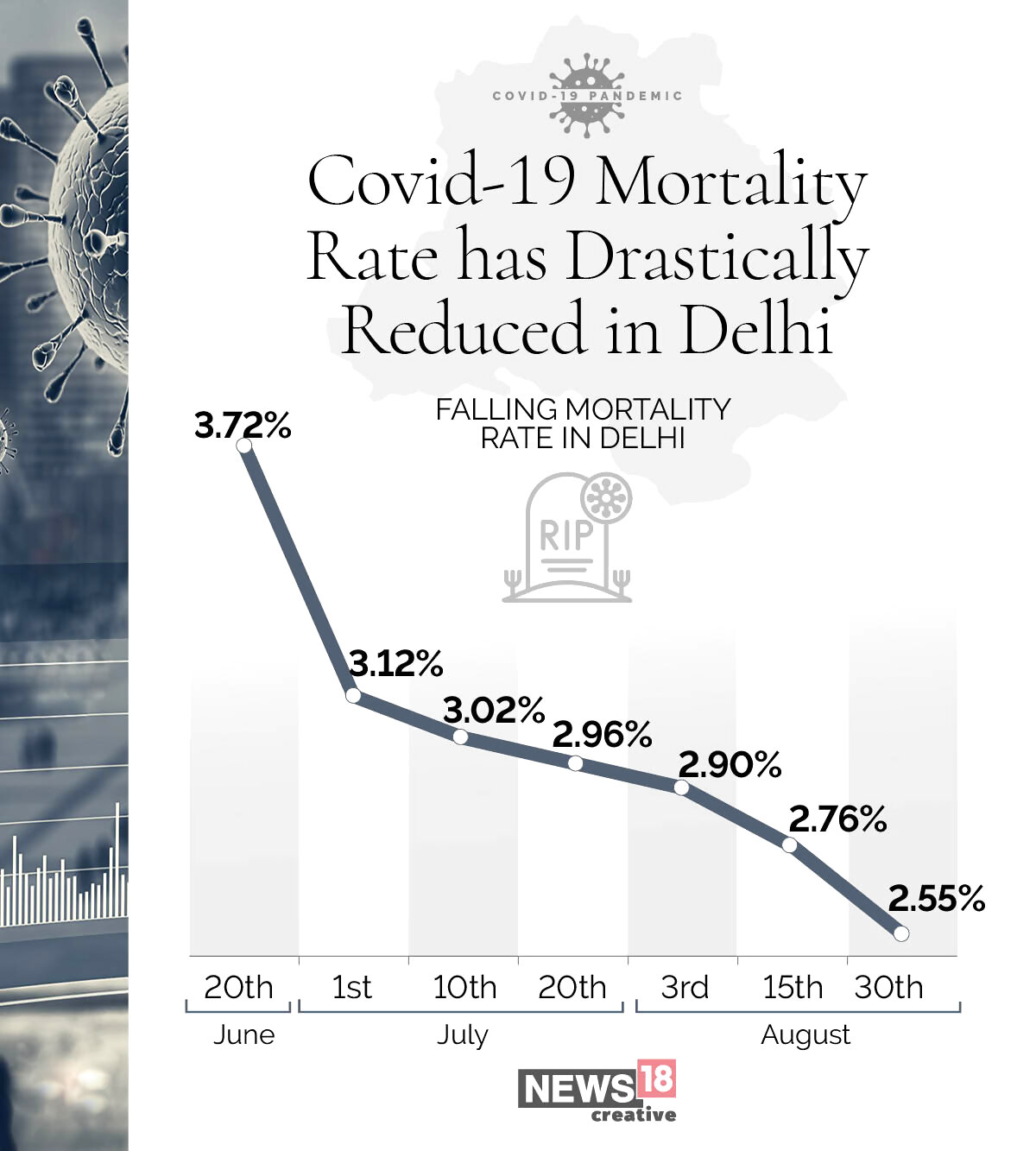
views
Delhi recorded 2,024 Covid-19 cases on August 30 and, for the first time in 51 days (since July 10), the national capital saw its daily count cross 2,000. There has been a rising trend in the number of cases in Delhi for the last four weeks.
From an average of 3,333 daily cases for the week ending June 28, the number dipped to 2,338 on July 5. The declining trend continued till the week ending August 2, post which there has been a surge in the cases again. The growth has been more severe over the last week.

Delhi has recorded more than 1,000 daily cases every day for the last 14 days (since August 18). The 6 days from August 25 to 30 have seen a further spike with a daily count of more than 1,500 cases. What will be of concern to the authorities is the fact that coupled with the rise in cases there has been a corresponding increase in Positivity Rate.
Increase in Positivity Rate in August
One of the major reasons for Delhi’s sharp decline in cases in July was its ramped up testing. However, there was a dip in testing numbers from the week ending August 9 (18,344 average daily tests) till the following week ending August 16 (15,719 average daily tests).

The fall in testing numbers along with more relaxations and opening of the economy, violation of social distancing norms, complacency in wearing masks in public places and the return of migrant labour force meant that the growth rate of cases was higher than the rate of testing from the 9th of August.
As a result, the Weekly Positivity Rate, which had fallen drastically from 10.97% on July 6 to 6.05% on August 2, again started to rise from the second week of August. It has gone up sharply from 6.04% on August 9 to 8.64% on August 30.
The Daily Positivity Rate touched almost 10% on August 30. Thus, it does not come as a surprise that the Delhi government has decided to again ramp up its testing and double the daily tests from 20,000 to 40,000.
Delhi’s Reproduction Number or R-Value for Covid-19 — another parameter to measure the spread of infection — went up to 1.09 on August 19 after remaining under 1 for over a month.
The R-Value is defined as the number of people one infected person will pass the virus on to, on average. An R-Value of less than 1 indicates that the spread of the infection is under control.
The percentage of vacant beds in hospitals had increased significantly from 46.71% on June 10 to 81.08% on July 29, suggesting that the number of critical and severely affected patients had drastically reduced.
However, there has been an increase in occupancy over the last few weeks with the Vacancy Percentage going down to 76.97% on the 10th of August and further lowering to 73.02% on the 27th.
Mortality Rate Remains Low
The biggest positive for Delhi is that it has been able to contain the number of Covid-19 fatalities. The average number of daily Covid-19 deaths has reduced 6 times from 70 in the week ending June 22 to 12 on the 16th of August.
Though the daily average has gone up marginally to 15 for the week ending August 23 and 18 on August 30, the overall Mortality Rate has fallen from 3.72% on June 20 to 2.55% on August 30.

Also, Delhi’s Overall Recovery Rate, at 89.1%, remains the highest in the country.
Apart from increasing testing, the Delhi government has taken several other measures to curb the spread of the infection. This includes deploying additional teams in all districts to ensure safety guidelines and protocols are followed and imposing fines for violations.
But with more relaxations, including the opening up of the Metro from September 7, the next few weeks will be crucial for Delhi in its fight against the pandemic.



















Comments
0 comment